The Birth of Architecture and Cosmic Connection
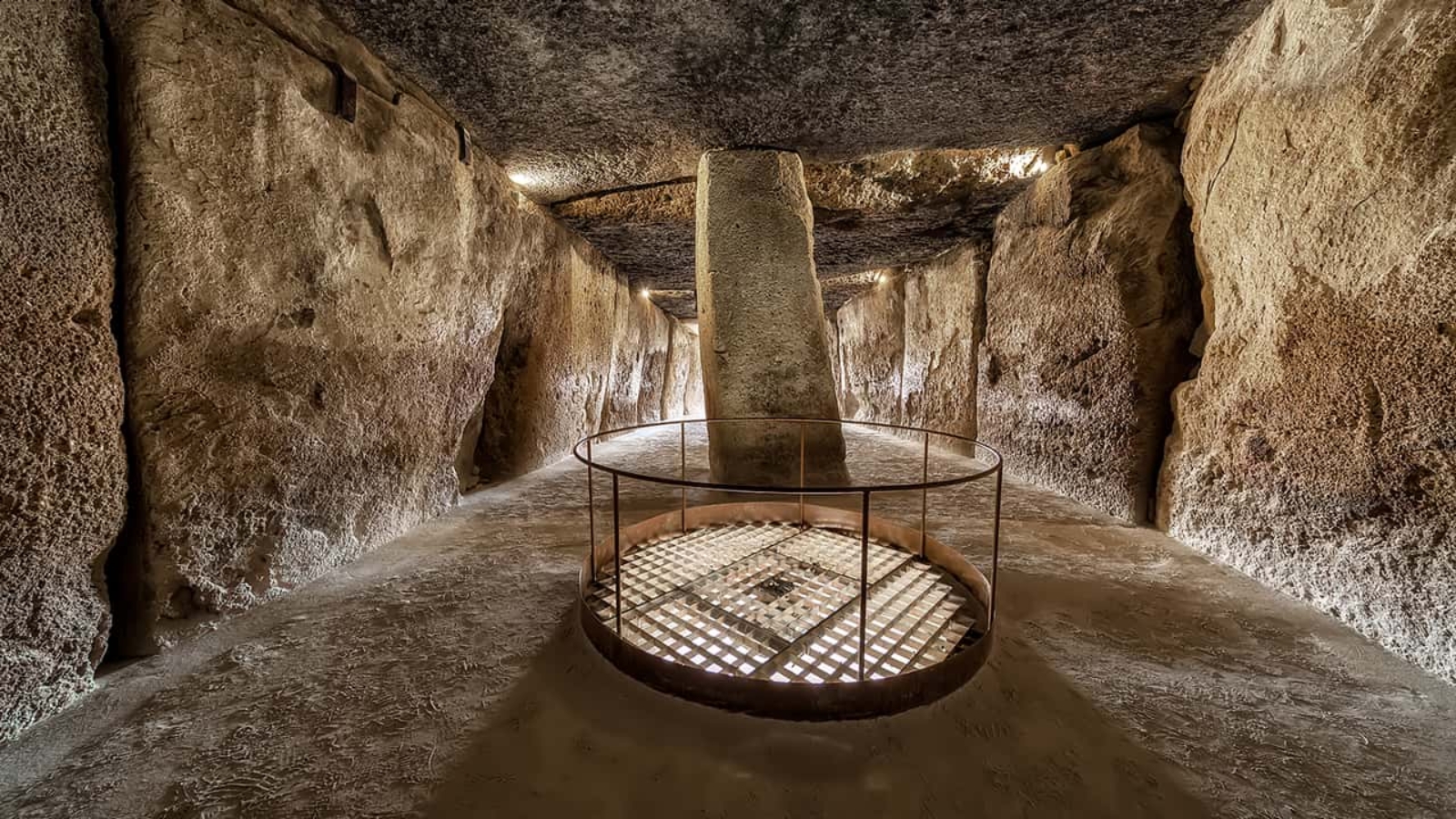
The invention of architecture during the Neolithic period marked a profound shift in human psychology and spirituality. When our ancestors erected the first megalithic structures like the Dolmen de Menga in Antequera, Spain, they weren’t simply creating physical shelters they were establishing a new relationship with time, mortality, and the cosmos.
These early architectural endeavors, dating back to the 3rd millennium BCE, represented humanity’s first attempt to create permanence in an impermanent world. The massive stone slabs of dolmens some weighing up to 180 tons defied the natural cycle of decay, suggesting the possibility of transcending death itself. By constructing spaces that would outlast their creators by millennia, Neolithic builders introduced the concept of immortality through enduring structure.
What makes these ancient monuments particularly fascinating is their astronomical alignment. The Dolmen de Menga, for instance, is oriented to face La Peña de los Enamorados mountain, with the summer solstice sun rising directly over this natural formation and illuminating the inner chamber. This precision wasn’t coincidental it represented an early form of communication with celestial powers.
 Through these alignments, our ancestors created a symbolic bridge between earth and sky, between the mundane and the divine. The predictable movements of celestial bodies provided a cosmic clock that allowed humans to anticipate and participate in celestial events, effectively “speaking” with the gods through architectural intermediaries. The solstice alignment served as a moment when the veil between worlds thinned, connecting the realm of the living with that of the ancestors.
Through these alignments, our ancestors created a symbolic bridge between earth and sky, between the mundane and the divine. The predictable movements of celestial bodies provided a cosmic clock that allowed humans to anticipate and participate in celestial events, effectively “speaking” with the gods through architectural intermediaries. The solstice alignment served as a moment when the veil between worlds thinned, connecting the realm of the living with that of the ancestors.
Domestic Divinity: From Hearth to Heaven
As architecture evolved from megalithic monuments to domestic spaces, so too did our concept of divinity. The ancient Romans developed a sophisticated understanding of domestic sanctity centered around the hearth fire, protected by household deities known as Penates. These gods weren’t distant celestial beings but intimate presences dwelling within the architectural framework of the home.
The Roman hearth represented more than physical warmth it embodied the continuity of family lineage and divine protection. Architecture thus became not just a shelter from the elements but a container for sacred energy, where the boundaries between human and divine domains blurred. The home itself was transformed into a microcosm of the larger sacred universe.
This domestication of divinity reflects a fundamental truth about how architecture shapes religious experience by creating defined spaces, buildings establish boundaries between sacred and profane, between order and chaos. As Carl Jung observed, and as mentioned in the second article, our unconscious mind intuitively responds to spatial arrangements, recognizing archetypes embedded in architectural forms that speak to our deepest psychological patterns.
Leon Krier, the influential architect and urban planner, argued that certain architectural elements aren’t merely stylistic choices but expressions of archetypal forms that resonate with our innate understanding of space. These forms communicate meaning at a level beyond conscious thought, creating emotional and spiritual reactions that connect us to something larger than ourselves.
East and West: Geographic Determinism in Religious Architecture
The divergent paths of Eastern and Western religious traditions can be partly attributed to their distinct geographic contexts. Western civilizations, particularly those in Europe, developed in relatively stable geological environments where human made power structures armies, empires, and religious hierarchies determined the course of history more predictably than natural disasters.
This stability fostered religious traditions that emphasized permanence, hierarchy, and control. Western religious architecture reflected this worldview through imposing stone cathedrals and temples designed to last eternities, with rigid vertical hierarchies pointing toward heavenly authority. When external threats emerged, such as during the Crusades, Western iconography depicted these forces as chaotic “others” dragons and demons that threatened the established order.
In contrast, Eastern civilizations contended with more volatile natural environments. Frequent earthquakes, monsoons, and other natural disasters regularly humbled even the mightiest armies and empires. This geographic reality fostered religious philosophies emphasizing impermanence and cyclical change, such as Daoism’s concepts of yin and yang or Buddhism’s understanding of constant flux.
Eastern religious architecture often reflected this worldview through more flexible construction methods, using materials like wood that could bend rather than break during earthquakes. The emphasis wasn’t on defying nature but harmonizing with it. The Japanese concept of shoguns holding actual power while emperors served as figureheads mirrors this less ego centric approach to authority power flows and changes hands according to natural cycles rather than rigid hierarchical claims.
Dragons in Eastern ad Western Traditions
In Western dragon myths, the ego is often portrayed as the heroic dragon slayer, a symbol of the conscious mind’s triumph over the wild, untamed forces of the unconscious. The ego-hero must slay the dragon to prove his worth, establish dominion over his inner and outer world, and protect the realm of consciousness from being overwhelmed by the shadows of the psyche.
This dragon-slaying motif reflects the Western psyche’s tendency to view the ego and the unconscious as separate, often antagonistic entities. The ego is seen as the rightful ruler of the self, charged with subduing and controlling the unruly dragons of emotion, instinct, and desire. Slaying the dragon represents the ego’s victory over the irrational, chaotic aspects of the psyche that threaten its sovereignty.
In contrast, Eastern traditions present a more harmonious relationship between the ego and the dragon. Dragons are often seen as wise, benevolent creatures that guide and protect humans, rather than as adversaries to be conquered. The Eastern perspective recognizes the dragon as an integral part of the self, an embodiment of the vital energies and potentials of the unconscious.
In this view, the ego’s task is not to slay the dragon but to learn from it, to integrate its wisdom and power into conscious awareness. The dragon is a symbol of the ego’s potential for growth and transformation, rather than a threat to its dominance. By embracing the dragon, the ego can expand its boundaries, deepen its self-understanding, and evolve into a more integrated, balanced state.
This non-adversarial relationship between ego and dragon is evident in practices like Kundalini yoga, where the serpent power coiled at the base of the spine is awakened and guided upward through the chakras. The ego does not seek to repress or destroy this potent force but to channel it, harnessing its energies for the journey of self-realization.
While the Western hero may seek glory in dragon slaying, the Eastern sage finds wisdom in dragon taming. By honoring the dragons within, the Eastern ego aims to cultivate a harmonious inner landscape, where conscious and unconscious dance together in the endless play of self-discovery. The dragon becomes an ally, a guide, and a mirror, reflecting the ego’s own untapped depths and heights.
Pantheons in Conversation with Geography
The diverse pantheons that emerged across civilizations reflect ongoing dialogues between humans and their specific geographic contexts.
Greek mythology, with its quarrelsome, humanlike deities residing on Mount Olympus, emerged from a Mediterranean landscape of islands, peninsulas, and city states naturally fragmenting power and fostering competition. The Greek gods personified natural forces but were imagined in human form, suggesting a worldview where humans and nature existed in dynamic tension rather than harmony.
Norse mythology, developing in the harsh northern European climate, featured gods constantly battling frost giants and preparing for Ragnarök the inevitable end of all things. This apocalyptic vision reflected the precarious existence in a land where winter could mean death, and survival required constant vigilance against entropy.
Hindu traditions, emerging from the lush but monsoon driven subcontinent, developed extraordinarily complex pantheons representing the overwhelming diversity and cyclical patterns of nature itself. The concept of divine avatars taking different forms across cosmic epochs (yugas) reflects an understanding of divine power as transformative rather than static.
These diverse traditions demonstrate how geographic realities shape theological possibilities. The gods we imagine are in conversation with the landscapes we inhabit, the architectural spaces we create, and the natural forces that determine our relationship with existence itself.
Sacred Architecture as Meaning Making
Architecture, from megalithic monuments to modern sacred spaces, serves as humanity’s ongoing conversation with both mortality and divinity. By creating enduring structures, we challenge death’s inevitability. By aligning these structures with cosmic patterns, we establish communication with forces beyond ourselves. By designing spaces that evoke archetypal responses, we tap into collective unconscious patterns that transcend cultural boundaries.
Our built environments are not merely functional solutions to physical problems they are existential statements about how we understand our place in the cosmos. As Robert Pogue Harrison asks, “Must we change our way of existing before we can change the way we build? Or would changing the way we build change the way we exist?” The answer seems to be that these processes are inseparable our spaces shape our spirituality, and our spiritual concepts inspire our architecture.
In this ongoing dialogue between geography, architecture, and divinity, we continue to make meaning of our existence, using stone, wood, and space to articulate our deepest questions about mortality, immortality, and our relationship with forces greater than ourselves.
Key Points:
- Neolithic architecture created the concept of permanence and immortality through enduring structures
- Astronomical alignments in ancient monuments allowed “communication” with celestial deities
- Domestic architecture transformed divine connections from public monuments to private sacred spaces
- Geographic conditions in East and West created different relationships with divine power
- Western religious traditions reflect more stable environments with emphasis on hierarchical control
- Eastern traditions emerged from volatile environments, emphasizing cyclical change and impermanence
- Pantheons developed in specific conversation with local geographic conditions
- Architecture serves as an ongoing dialogue between humans and their concepts of the divine
Bibliography:
Bachelard, Gaston. The Poetics of Space. Beacon Press, 1994.
Bloomer, Kent C., and Charles W. Moore. Body, Memory, and Architecture. Yale University Press, 1977.
Campbell, Joseph. The Historical Atlas of World Mythology, Vol. I. Alfred van der Marck Editions, 1988.
Eliade, Mircea. The Sacred and The Profane: The Nature of Religion. Harcourt, 1959.
Frampton, Kenneth. Studies in Tectonic Culture: The Poetics of Construction in Nineteenth and Twentieth Century Architecture. MIT Press, 1995.
Harrison, Robert Pogue. The Dominion of the Dead. University of Chicago Press, 2003.
Heidegger, Martin. Poetry, Language, Thought. Translated by Albert Hofstadter, Harper Colophon, 1971.
Jung, Carl G. Man and His Symbols. Anchor Press, 1964.
Krier, Leon. The Architecture of Community. Island Press, 2009.
Norberg Schulz, Christian. Genius Loci: Towards a Phenomenology of Architecture. Rizzoli, 1980.
Pallasmaa, Juhani. The Eyes of the Skin: Architecture and the Senses. Wiley, 2005.
Scruton, Roger. The Aesthetics of Architecture. Princeton University Press, 1979.
Vesely, Dalibor. Architecture in the Age of Divided Representation: The Question of Creativity in the Shadow of Production. MIT Press, 2004.
Wright, Frank Lloyd. The Future of Architecture. Horizon Press, 1953.


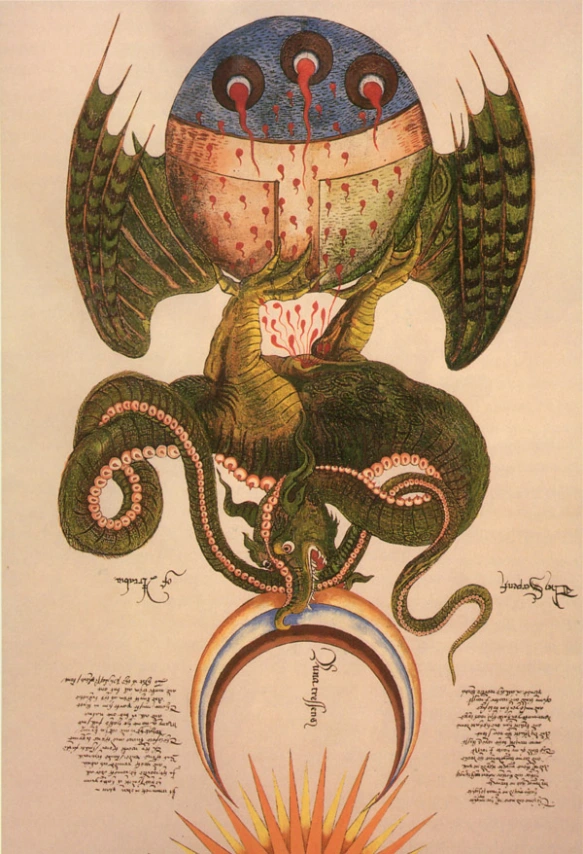
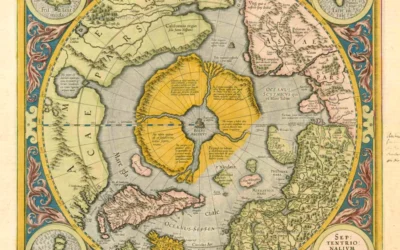

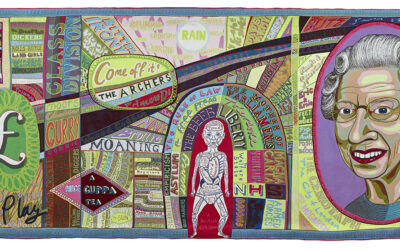
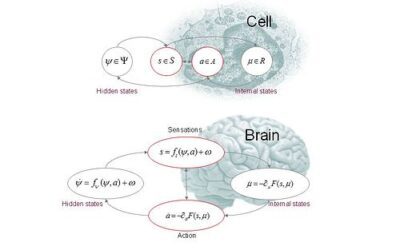






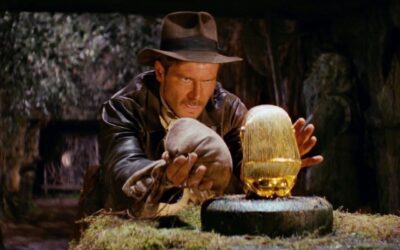
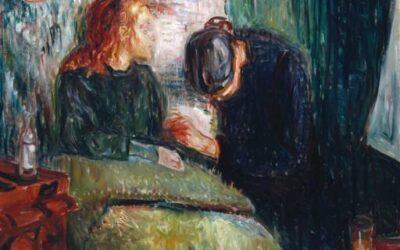
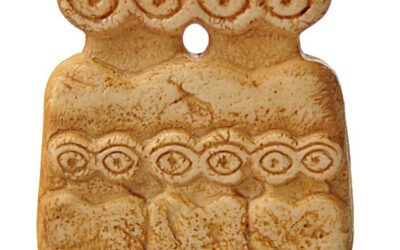

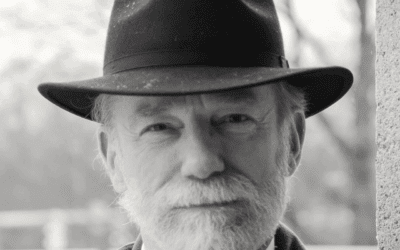
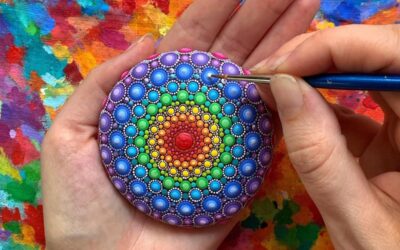

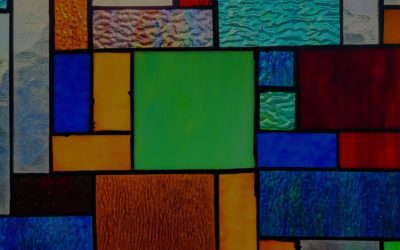



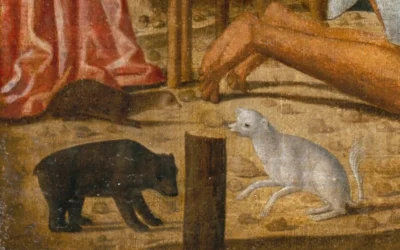
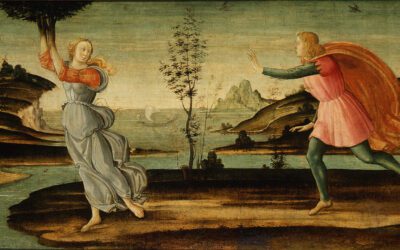

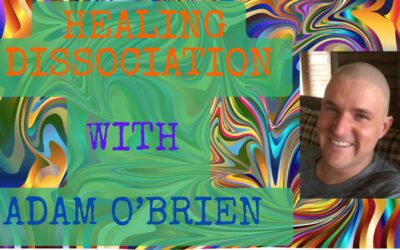
0 Comments